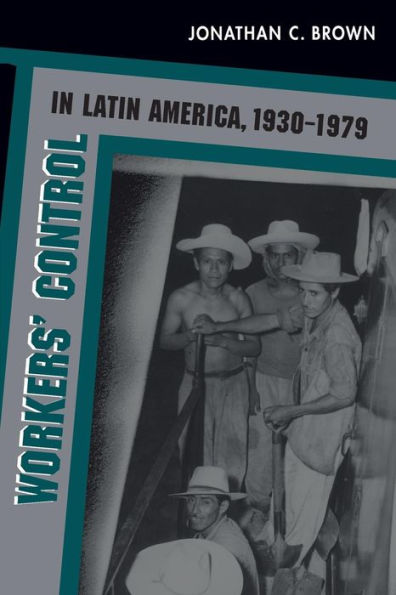5
1
9780807846667


Workers' Control in Latin America, 1930-1979 / Edition 1 available in Paperback

Workers' Control in Latin America, 1930-1979 / Edition 1
- ISBN-10:
- 080784666X
- ISBN-13:
- 9780807846667
- Pub. Date:
- 12/15/1997
- Publisher:
- The University of North Carolina Press
- ISBN-10:
- 080784666X
- ISBN-13:
- 9780807846667
- Pub. Date:
- 12/15/1997
- Publisher:
- The University of North Carolina Press
47.5
In Stock

Product Details
| ISBN-13: | 9780807846667 |
|---|---|
| Publisher: | The University of North Carolina Press |
| Publication date: | 12/15/1997 |
| Edition description: | 1 |
| Pages: | 344 |
| Product dimensions: | 6.12(w) x 9.25(h) x 0.77(d) |
| Lexile: | 1430L (what's this?) |
About the Author
What People are Saying About This
From the B&N Reads Blog
